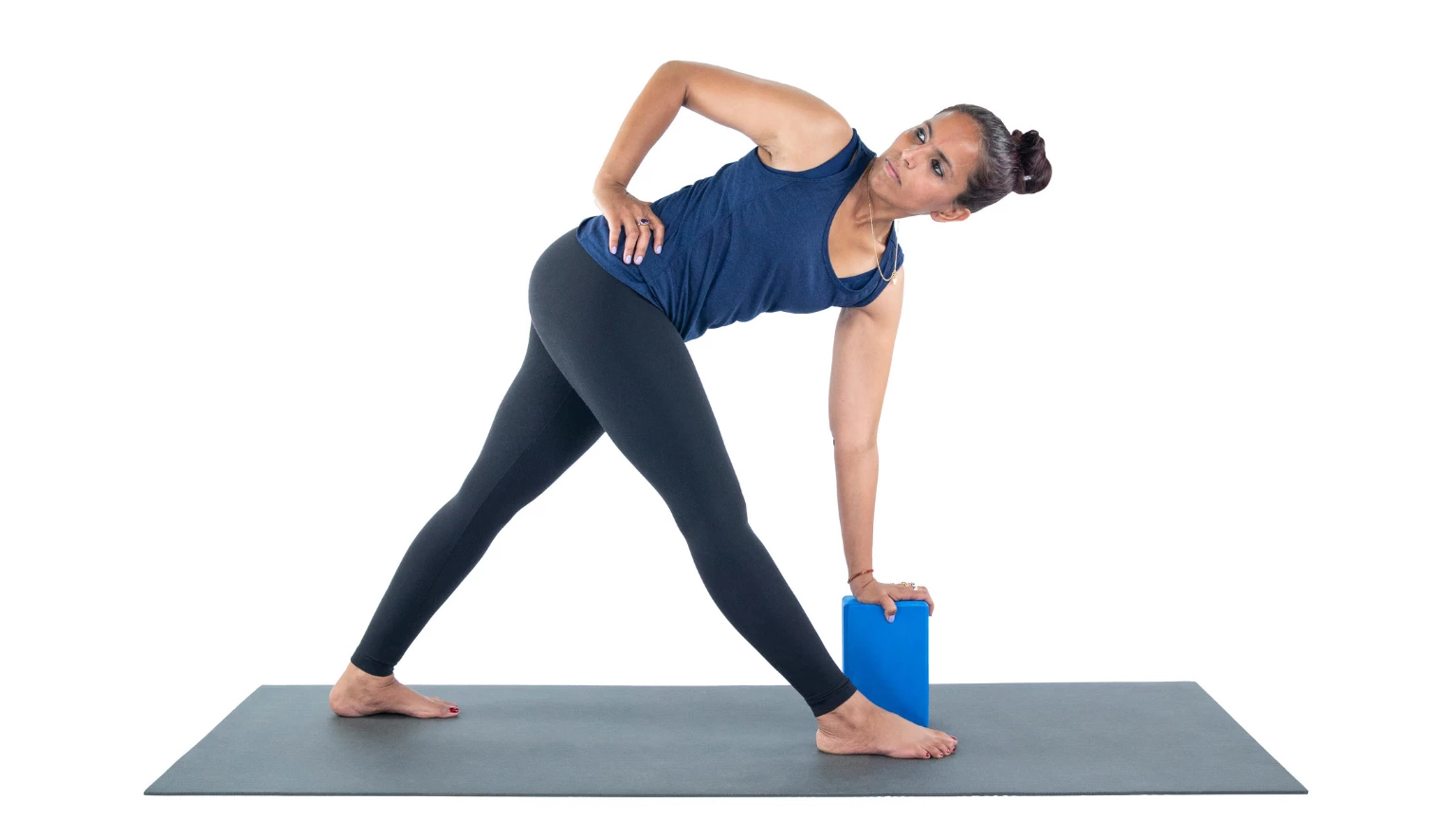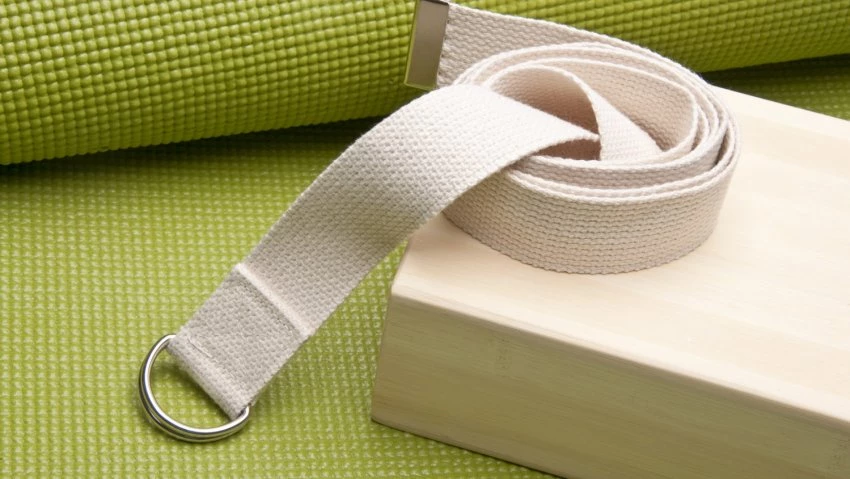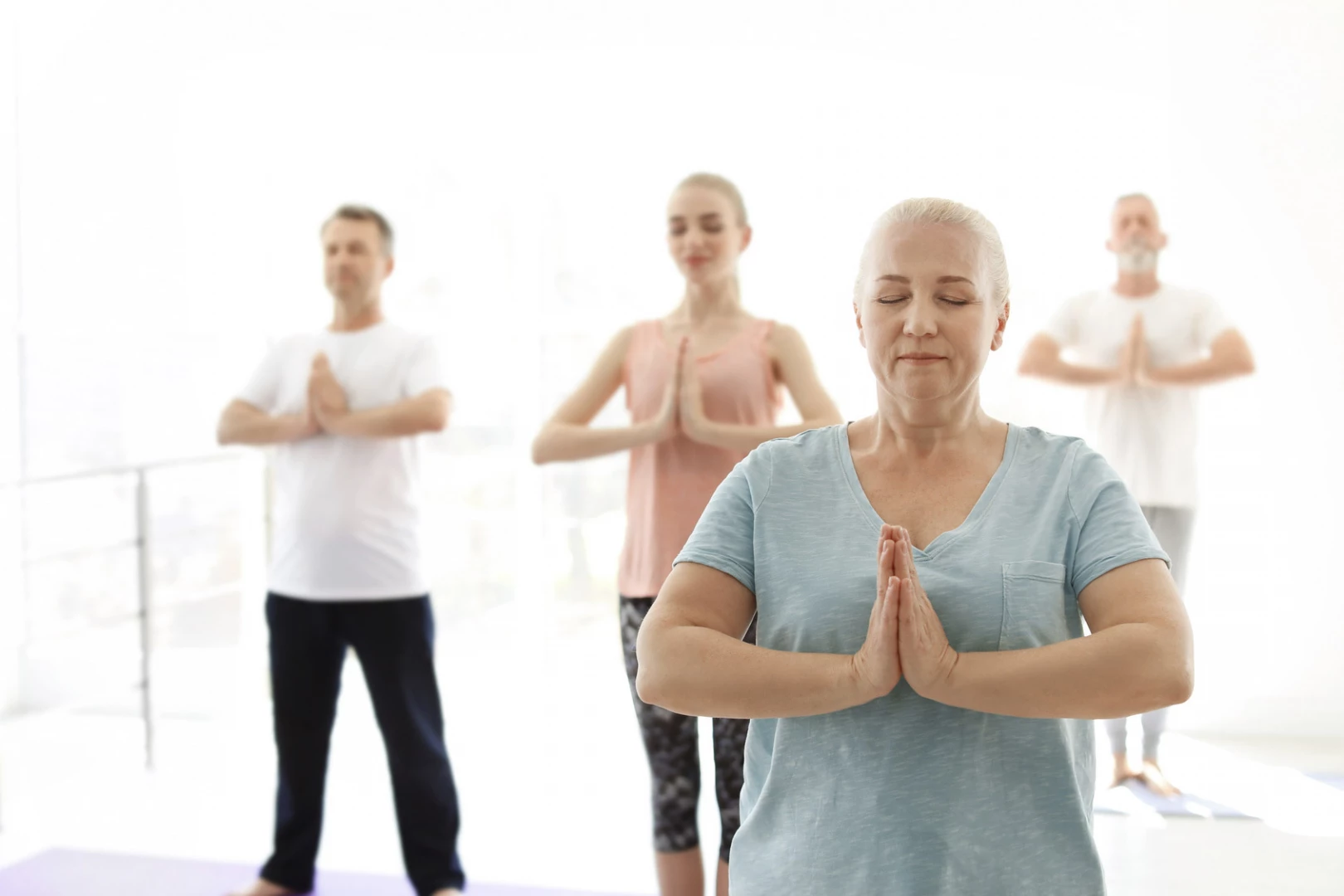Getting Started: A Guide to Beginning Yoga Practice

So, you’ve decided to give this yoga thing a try. Great!
Now what? With more than 20 million people in the United States practicing yoga there are more options than ever for finding a place to meet your needs. But with that many people and that many options, it can seem a little overwhelming.
Here are a few basics to get you started.
Where Should I Practice?
Gym: The popularity of yoga means you can now find yoga classes offered in most gym and fitness center settings. Classes here are usually less costly and have the potential to include more beginners. Another benefit of taking a class at your local gym or YMCA is there will be more amenities for the whole family such as a swimming pool, kids’ classes, and especially, childcare. I’ve never seen a yoga studio offer childcare.
As with taking a class anywhere, be sure to check the teacher’s credentials. RYT is the designation stating that a teacher has completed a minimum of 200 hours training through an approved yoga teacher training school with Yoga Alliance. 
Studio: A traditional yoga studio class will have a quieter, more peaceful setting. You won’t find dumbbells and stability balls stacked in the corner here. A studio class allows you more freedom to explore the spiritual aspect of yoga such as chanting or beginning and ending class with OM. Studio classes might be more costly, but they will also be more specialized and dedicated.
Home: The obvious benefit of a home practice is you can practice any time. Just roll out your mat, and you are ready to go. There are thousands of yoga DVDs available for sale, as well as podcasts and YouTube channels options. Again, as with a studio or gym, be sure of the teachers’ credentials. YogaUOnline has a large catalog of downloads available from renowned quality teachers as well as a practice channel with over 30 outstanding teachers.
What Should I Wear? What Should I Bring to Class?
Wear whatever makes you comfortable and allows you to move freely. Yoga pants range from the low cost found at discount stores to more than $100 in specialty shops. Be sure whatever top you choose is fitted enough on the bottom that it won’t slide when you are upside down, leaving you exposed.
The only item you truly need to bring to class is a yoga mat. Yoga mats are different from gym mats or even Pilates mats. Be sure to check the thickness. Too thick a mat will make it hard to balance.
Although most studios and gyms will have mats available for loan, I recommend purchasing and using your own yoga mat. This way, you can be sure your mat is clean and always available when you want it.
A reusable water bottle will most likely come in handy as well. Depending on the type of yoga class you take, you can work up quite a sweat. 
Props such as a block and strap will also likely be available in a studio setting. You will appreciate having your own in the gym or in your home practice. These can also be purchased at discount stores and online and range from the minimally priced to quite expensive.
There’s no need to spend a lot of money when you are beginning yoga. Take your time building your yoga practice. Experiment with different mats and props before deciding which are worthy of an investment into your yoga practice.
Is Yoga a Religion? Do I Have to be a Vegetarian? Am I Too Old or Too Out-of-Shape to Start?
No, no, and no!
Yoga is not a religion. There is certainly a spiritual aspect of yoga that is available to explore if you choose. But it is just one of many parts of yoga.
In my experience, classes offered in a gym setting tend to focus more on the poses and the physical benefits of the practice. Even within the same studio, you will find some teachers emphasize more of a spiritual practice than others. If one class makes you uncomfortable, shop around, and try a different teacher or different setting next time.
You do not need to be a vegetarian. Many yogis do practice some form of vegetarianism, but it is not required. In fact, you’ll find just as many burger-loving yogis out there too!
Ahimsa is part of yoga philosophy and means “non-harming to self or others.” It can be interpreted as not harming animals or eating animal products. Any diet decisions should be based solely on your own health needs, not what a teacher tells you or you read in a magazine. 
You are never too old to start a yoga practice. In fact, I teach a seniors’ yoga class that includes a few women in their 90s! You are never too out of shape, too inflexible or too overweight to practice yoga. The beauty of yoga is the practice meets you exactly where you are. Yoga allows you to progress at your own pace with no judgment or expectations.
What Does Each of the Different Types of Yoga Mean?
Hatha Yoga: This is the physical aspect of yoga. Translated Ha means sun and Tha means moon. It is a balance of the feminine (receptive, cooling) and the masculine (active, heated) in each of us. It is a balance of strength and flexibility. Hatha is the foundation of all other yoga styles.
Vinyasa Yoga: Vinyasa classes coordinate breath with movement. They are a flowing type class where poses are linked together.
Bikram Yoga: Bikram yoga is a set of 26 postures completed in a room heated to about 105 degrees. The same 26 poses are completed in the same order in every Bikram studio.
Hot Yoga: Hot yoga is similar to Bikram in that yoga is practiced in a heated room. However, hot yoga differs in that each class is different based on the teacher. There is no set order of poses. Many hot yoga classes are taught vinyasa style.
Iyengar Yoga: Developed by yoga master B.K.S. Iyengar, this type of yoga focuses on precise body alignment. It relies heavily on the use of props to assist the body into proper alignment. Poses are, in general, held longer than in other types of yoga classes. 
Restorative Yoga: A restorative yoga class is gentle and soothing. Blankets, block, pillows, and bolsters are used to support the body and allow muscles to relax. You will stay in each pose for sometimes upwards of five minutes to get the most benefit from the pose.
What are Some Basic Yoga Etiquette Guidelines?
-
No heavy perfumes or lotions. The scent can be distracting in class, and many people are allergic to scents.
-
Turn off your cellphone. If you must leave it on in case the kids call, I ask my students to turn it to silent and place it at the edge of their mat. Also, please leave the room before taking the call.
-
Arrive on time. Even better, arrive a few minutes early to give yourself time to get settled both physically and mentally.
-
If you do arrive late, don’t be surprised if the door is closed. Some studios and yoga classes are strict about not disturbing class once it is started. If you are allowed to enter, please be mindful of the other yogis who have already begun. Quietly unroll your mat and take your space. Don’t just jump into the practice. Sit quietly for a few moments to center yourself then join in with the class.

-
If you must leave before class is over please leave before Savasana (final relaxation). Savasana is the best part of the class and the most important. It is the only time during your day where someone will ask you to do nothing but lie quietly and breathe!
It’s also a chance for your heart rate and blood pressure to decrease while relieving the symptoms of stress and depression. If lying still is difficult for you, try to focus on the sound and feel of your breath. With time savasana will not only become easier, but it will also become the part of the class you most appreciate.
What Does Namaste Mean? Why Does My Teacher Say That?
Namaste is a gesture of thankfulness and appreciation said at the end of class. With the hands placed together at the heart, a yogi will close her eyes and bow her head. It is first said by the teacher and then repeated back by the students. As a student, you are under no obligation to repeat Namaste.
Nama means bow, as means I and te means you. Therefore, Namaste literally means I bow to you.
The shortened version you’ll hear is “the spirit inside me, honors and respects the spirit inside you.”
However, I prefer the longer more poetic version:
I honor the place in you
In which the entire universe dwells.
I honor the place in you
Which is of love, of truth,
Of light, and of peace.
When you are in that place in you
And I am in that place in me,
We are one.
Restoring Prana: Key Roles of the Diaphragm in Health and Vitality a course with Robin Rothenberg and YogaUOnline.
Study with Shawnee Thornton Hardy and YogaUOnline – Yoga for Kids with Special Needs: Focus on Autism and ADHD.
 Jennifer Williams-Fields E-RYT 200 is passionate about writing, yoga, traveling, public speaking, and being a fabulous single momma to six super kids. Doing it all at one time, however, is her great struggle. She has been teaching yoga since 2005 and writing since she first picked up a crayon. Although her life is a sort of organized chaos, she loves every minute of the craziness and is grateful for all she’s learned along the way. Her first book, “Creating A Joyful Life: The Lessons I Learned From Yoga and My Mom” is now available on Amazon. She has had her essays featured on Yahoo! and Dr. Oz The Good Life. She is a regular writer for Elephant Journal Magazine, Your Tango and YogaUOnline. See more from Jennifer at jenniferwilliamsfields.com.
Jennifer Williams-Fields E-RYT 200 is passionate about writing, yoga, traveling, public speaking, and being a fabulous single momma to six super kids. Doing it all at one time, however, is her great struggle. She has been teaching yoga since 2005 and writing since she first picked up a crayon. Although her life is a sort of organized chaos, she loves every minute of the craziness and is grateful for all she’s learned along the way. Her first book, “Creating A Joyful Life: The Lessons I Learned From Yoga and My Mom” is now available on Amazon. She has had her essays featured on Yahoo! and Dr. Oz The Good Life. She is a regular writer for Elephant Journal Magazine, Your Tango and YogaUOnline. See more from Jennifer at jenniferwilliamsfields.com.



